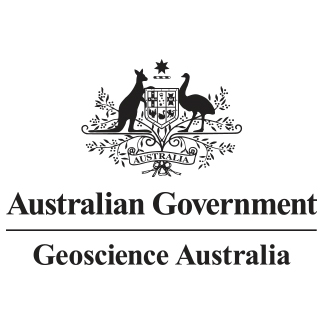Brief description
This resource contains a maximum likelihood map of five benthic habitat for the greater Darwin Harbour region as part of a baseline seabed mapping program of Darwin Harbour and Bynoe Harbour. This project was funded through offset funds provided by an INPEX-led Ichthys LNG Project to the Northern Territory Government’s Department of Environment and Natural Resources (NTG-DENR) with co-investment from Geoscience Australia (GA) and the Australian Institute of Marine Science (AIMS). The intent of this program is to improve knowledge of the marine environments in the Darwin and Bynoe Harbour regions by collating and collecting baseline data that enable the creation of thematic habitat maps and information to underpin marine resource management decisions. The a maximum likelihood map of five benthic habitat was derived from a compilation of multiple surveys undertaken by GA, AIMS and NTG-DENR between 2011 and 2017, including GA0333 (Siwabessy et al., 2015), GA0341 (Siwabessy et al., 2015), GA0351/SOL6187 (Siwabessy et al., 2016), GA4452/SOL6432 (Siwabessy et al., 2017), GA0356 (Radke et al., 2017), and GA0358 and GA0359 (Radke et al., 2018), adding to those from a previous survey GA0333 collected by GA, AIMS and NTG-DENR.Lineage
Maintenance and Update Frequency: asNeededIssued: 15 01 2020
Data time period: 2011 to 2017
text: westlimit=130.25; southlimit=-12.77; eastlimit=131; northlimit=-12.1; projection=WGS 84 / UTM zone 52S (EPSG:32752)
User Contributed Tags
Login to tag this record with meaningful keywords to make it easier to discover
Download the data (esri grid) [2.3 MB]
uri :
https://d28rz98at9flks.cloudfront.net/127242/127242_00_0.zip![]()
Link to collection record
- URI : pid.geoscience.gov.au/dataset/ga/127242

- global : 01e5f143-1a05-4ec2-ae39-5900659b752c


